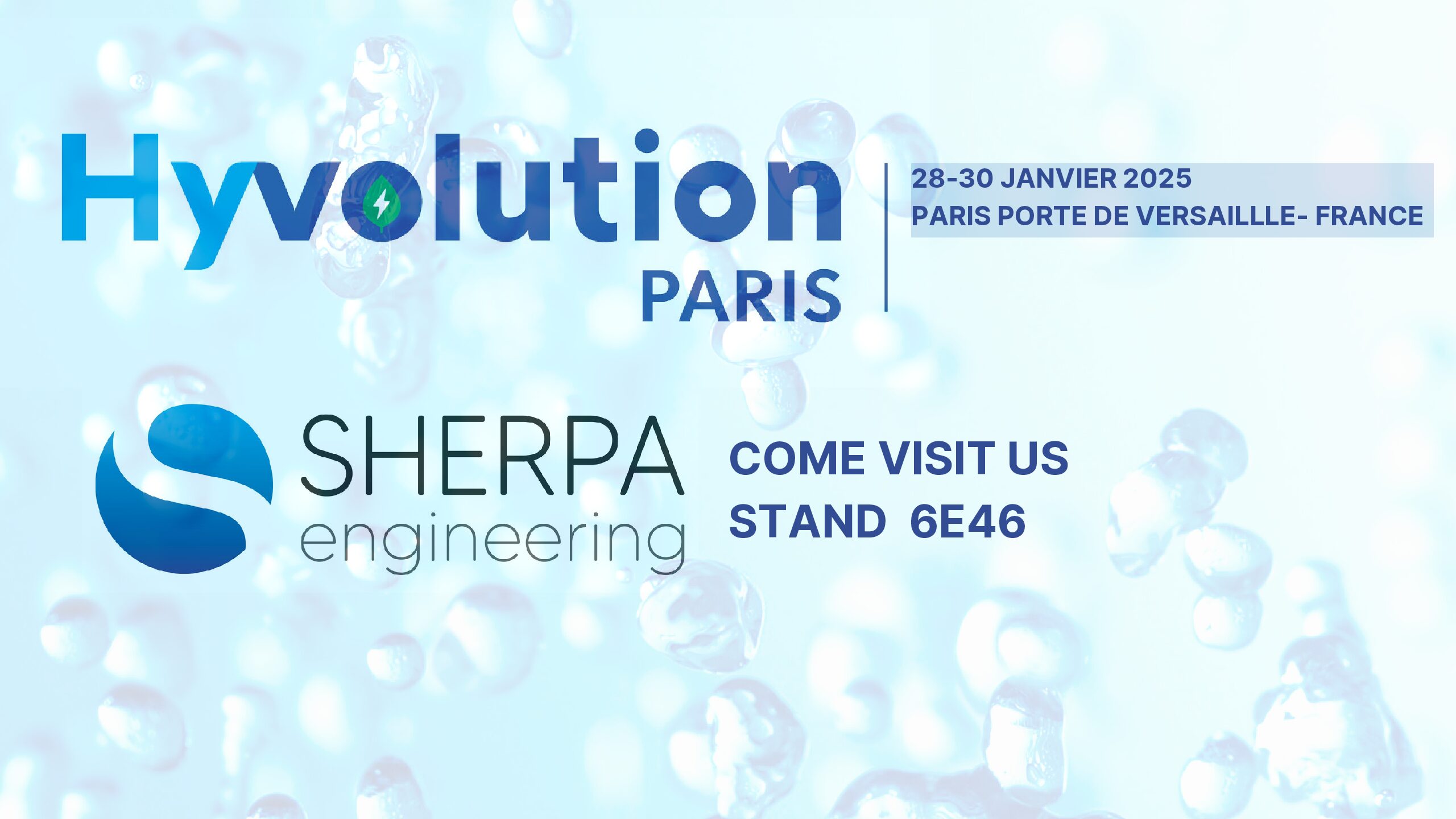IBIS (Intelligent Battery Integrated System) is a collaborative research project carried out in France, bringing together industrial and academic players, Stellantis, Saft (Total Energies Group), E2CAD, SHERPA Engineering, as well as several CNRS laboratories (GeePs, SATIE, LEPMI) and the Lafayette Institute. The project is financed by the Plan France 2030, led by ADEME.
The aim is to develop an intelligent lithium-ion battery that is more efficient, more compact and less costly, capable of meeting the growing needs of electromobility and stationary energy storage.
A breakthrough in battery architecture
The heart of the innovation lies in the direct integration of inverter, charger and converter functions into the battery itself. In concrete terms, these components are replaced by electronic conversion boards mounted as close as possible to the lithium-ion cells, and controlled by an advanced control system. This system enables alternating current to be generated directly to power an electric motor, without the need for external components.
This approach offers multiple benefits:
– Reduced manufacturing costs for electric vehicles
– Simplified powertrain architecture
– Increased vehicle space and habitability
– Improved reliability and range
– Easier preparation for a second life for stationary batteries
After six years of research, modeling and simulation, a team of 25 engineers and researchers has designed a working prototype of this new battery. A stationary demonstrator, operational since summer 2022, and a prototype vehicle have validated the system’s performance and laid the foundations for future industrialization.
Sherpa Engineering’s contribution
As part of the IBIS project, Sherpa Engineering mobilized its expertise in system modeling and control engineering to support the development and validation of this innovative technology.
Our teams contributed to
– Dynamic modeling of battery and electronic systems
– Development of the control system using Matlab/Simulink
– Functional validation via simulations, bench testing and prototype vehicle testing.
Our role: to guarantee functional consistency and optimize overall system performance, right through to integration in a real-life environment.
IBIS 2: on course for industrialization
Following on from the first project, IBIS 2 is designed to take the technology from TRL5 to TRL6, with the aim of demonstrating its viability under representative conditions, for both electric vehicles and stationary storage solutions.
The ambition is to bring this technology to market before the end of the decade, on vehicles of the various Stellantis brands and on safts solutions.
A double impact
Thanks to its unique architecture, IBIS represents a paradigm shift in the design of electric powertrains and energy storage systems. For Stellantis, it represents a concrete response to users’ expectations in terms of autonomy, on-board space, accessibility and reduced carbon footprint.
In the stationary sector, Saft plans to offer solutions incorporating IBIS technology, with installations that are more compact, more efficient and easier to maintain, particularly for the integration of renewable energies into electricity grids.
By pooling technologies between mobility and stationary applications, IBIS will enhance the competitiveness of both markets, taking advantage of volume effects and standardization.
In short, the IBIS project represents a significant breakthrough for batteries used in electric vehicles and stationary storage. Its major innovation, “the direct incorporation of energy conversion functions into the battery”, contributes to lowering costs, simplifying architecture and offering a host of new functionalities.
In this way, IBIS demonstrates how collaborative innovation can promote the ecological transition while consolidating Europe’s competitiveness and technological autonomy.








